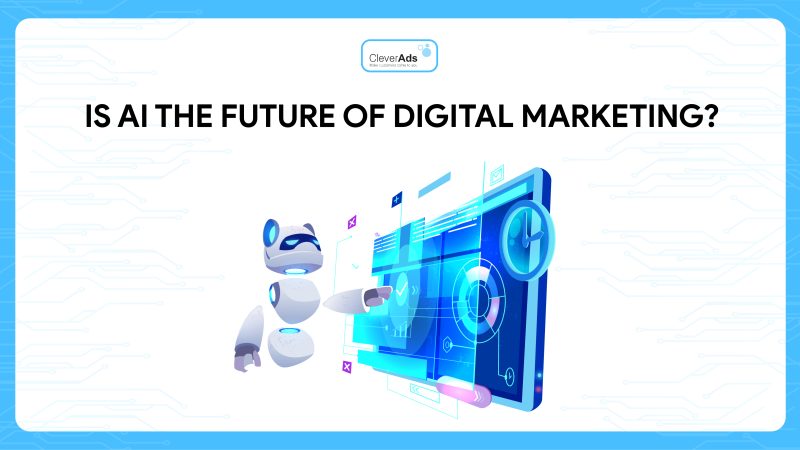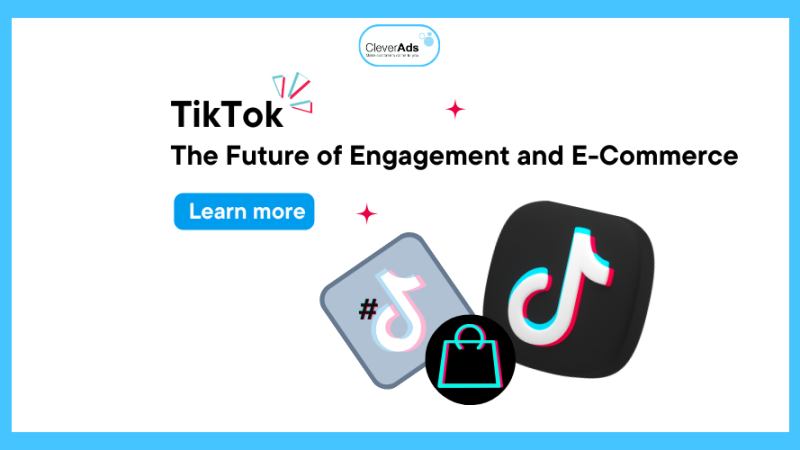Decoding “Pain Point” and Examples of Typical Consumer Pain Points

What is Pain Point? What types of pain points are there? How to exploit personal and business pain points. Join CleverAds to learn about Marketing campaigns that exploit customer pain points.
1. Pain point definition
“pain point” is a common term in marketing to talk about problems that customers face in their lives. The pain is very diverse, can be in any field, occurs anywhere.
Pain can be caused by the client’s lack of knowledge in a certain area or the client’s unpleasant body odor.
The mission of businesses is to find those pain points and help customers solve them. Businesses that help customers come up with solutions are the products/services that businesses provide to the market.
For example:
A high school student found it difficult to learn Literature, the business opened and sold the books: “Literary handbook, breakthrough 9+ National High School Literature”.
Read more: What is a customer touchpoint? How to identify effective customer touchpoints
2. The Importance of Determining Pain Points

Based on customer pain point detection, businesses can:
- Understand the problem that customers are facing to have the most appropriate solution.
- Understand the needs of customers with each product/service to develop the most appropriate product strategy.
- Design and implement effective marketing plans, hitting the right customer psychology.
- Create a competitive advantage over your competitors, when you can solve problems that competitors have not had a chance to discover.
- Improve the customer experience at touchpoints on the customer journey.
When a business positions its product or service based on a customer’s pain points, they will find more reasons to do business with that business.
3. Pain point examples
Typical example from the pain point of the Lifebuoy brand.
The “lazy” pain point has been fully exploited. With hand washing products, users will pay less attention to how long each hand wash is and will often wash their hands through the speaker to do other things.
Lifebuoy has emphasized on the slogan “Kill bacteria in 10 seconds”. The shortening of the product’s use time makes the product superior in sales because it hits the consumer’s mind.
Comfort emphasizes on erratic weather when it’s hot, when it rains, but clothes can’t be dried outdoors, clothes washed a lot will be worn out and discolored. Tapping into the customer’s “product life” mentality, wanting to save money but not wanting clothes to wear out or deteriorate quickly, if using Comfort fabric softener, it will help keep clothes looking like new.
Comfort offers a line of conditioners that must keep the color, not make the clothes fade, help a set of clothes have a longer life, not be worn out, faded. Comfort Intensive Care fabric softener, clothes will always be cared for and protected from any damage. In addition, the long-lasting fragrance on clothes helps customers overcome the fear of unpleasant odors on long rainy days.
4. Common Pain Point Classification
4.1. Of individual customers
The pain point of individual customers is often “secret pain” that is difficult to exploit. It is similar to the “heart” of a customer, but not everyone’s the same. Like customer portraits, pain points also take on many forms with many diverse and complex problems. Based on the characteristics of behavioral psychology, the pain points of individual customers can be classified into 4 main groups as follows:
Financial Pain Point (financial pain point)
Financial problems when customers access products/services. This stems from the fact that consumers have to pay too high a fee to get the value they want. Therefore, when faced with their pain, consumers often have the following trends:
- Product longevity: Many customers save their spending by investing in quality products and services with a long lifespan. Others prefer to buy a lower quality product for a cheaper price despite its short shelf life.
- Payment Options: Some customers prefer periodic payments overpaying a large one-time fee.
- Repeat Purchases: Many consumers prefer to buy items they frequently use in bulk to save time and money.
On the other hand, consumers interested in convenience may prefer disposable options, while those worried about recurring fees are more likely to look for reusable products.
Productivity Pain Point (productivity pain point)
In the buying process, customers always want solutions that save time and bring comfort and convenience to use. It is for the same reason that more and more consumers tend to avoid complex solutions.
Example: Most people know that fast food, ordered food, and fast food are not healthy, but choosing them is a more convenient option than cooking at home and helps them save money. considerable time without the need to cook.
Process Pain Point (process pain point)
Process pain points show that your customers are having trouble accessing your products/services. The complexity and ambiguity in procedures and processes are the obstacles that prevent them from making a purchase decision.
A good example of a process pain point is that customers will easily lose patience and switch to other more convenient options when they have to work too many times or have to contact many different departments to get information. believe they want to.
Support Pain Point
This pain point involves your potential customers not getting the support they need at critical stages of the buying journey.
Some common problems that consumers often face are:
- No timely response
- Consultant lack of knowledge about the product
- Product not available on customer’s preferred channels
The parallel between finding the pain of the customer should also clearly define the customer portrait to understand who the business’s customers are.
Read more: What is USP? 5 steps to build a USP for a successful product
4.2. Pain point Of the business
Pain point of business is the term used in the B2B model with potential customers being organizations and businesses. B2B customer pain points are the “pains” in the operation of an organization, directly affecting business performance, profits, budget, etc., which require timely solutions to organize operations. effective. Enterprise pain points are divided into 6 groups:
Positioning Pain Point
These are difficulties and challenges that impede efforts to develop and improve the competitiveness of enterprises. The company has problems related to maintaining a foothold in the market, positioning the brand in the minds of customers, competitiveness, etc. Some issues that you may hear from your corporate customers I include:
“No one knows who our company is.” “The competitors are ahead of us.” “The market is changing, leaving us behind.” “Our competitors are covering most channels.”
Financial Pain Point (financial pain point)
Financial problems can be considered as the biggest “pain point” among business problems. Issues like budgets, cash flow, and operating expenses are conundrums that entrepreneurs struggle to deal with. The financial problems of corporate clients often express concern.
- “Sales are high, but profits are low.”
- “I don’t know what to save”
- “I don’t have the money to support my business”
- “Slow cash flow from payment partners”
People Pain Point
These are personnel issues in an organization. Many business customers today are looking for solutions that help streamline their human resource management processes. Some of the people problems companies can face include:
- “Employee morale is low”
- “We are moving the best talent into higher-paying positions.”
- “Lack of diversity in organizational structure leads to lack of innovation.”
- “Our actual corporate culture doesn’t match what we claim to be.”
Process Pain Point
These are the “bottlenecks” in operations that prevent businesses from operating normally. Your potential business customers may encounter obstacles such as:
- “We don’t have a system to manage customer information.”
- “There is an inconsistency in workflow across departments, leading to a lack of organization and uneven performance.”
- “Our process has so many iterations it’s a waste of time.”
- “The software we use is outdated, but we are concerned that switching to the new software will be very expensive.”
Productivity Pain Point (productivity pain point)
The biggest concern for business owners is underperforming teams. Here are some examples of business productivity bottlenecks:
- “We continue to miss customer deadlines.”
- “We spend too much time in meetings.
- “Our employees are not fully supported to complete their assigned tasks.”
Small Business Pain Points (small business pain points)
If your target audience is small businesses, chances are they’ll face challenges like:
- “Finding the right talent for your business is not easy.”
- “We don’t have the resources to operate”
- “Our employees always have to take on multiple roles at the same time”
5. How to find customer pain points
- Conduct market research
- Listen to customers to identify pain points
- Live chat with customers
- View live reviews
- Research your opponent
- Talk to your sales and customer support team
6. Exploiting pain points to build an effective marketing strategy
Determining exactly what the pain point is is not easy. However, once you have “unlocked” the key point that determines consumer buying behavior, the journey to conquer customers will become much easier. Once you have the customer’s “pain points” in hand, exploit them thoroughly in marketing to maximize marketing effectiveness.
Use the client’s language when talking about pain points
Every customer wants to be understood. Therefore, you need to focus on emotions when creating advertising content to hit customers’ pain points. Instead of using specialized words, speak for the “heart” of your potential customer using language familiar to your target audience. An ad that hits a customer’s pain point with a relevant presentation is more impactful than ever.
Sell solutions instead of products
It is a fact that when customers buy a product, they do not expect the value that the product itself brings. What customers care about is the solution to their problems. So instead of focusing on the great features of your product, show your customers how you can solve their “pain”.
Using Case Study
Potential customers won’t pay for a product just because a business says it solves their problem – provide concrete proof. The use of case studies is the most effective method. Case studies will help portray pain vividly and visually, and increase their ability to connect with current issues. From there, describe how the business alleviates this “pain” with cases that have been successfully deployed.
Optimize search keywords related to “customer pain points”
Customers tend to use search engines to find solutions to their “pains”. Therefore, when producing marketing content, focus on topics related to customer pain points. It is necessary to make a list of keywords around the customer’s problem and deploy corresponding articles to attract organic traffic. Optimizing for weak-related search keywords will help attract potential customers to your website and get closer to the product.
Provide solutions for customers on any platform
Once you’ve talked to customers about the value your business can bring to solving their problems, the next task is to increase customer contact. Provide solutions on any platform so customers can easily find solutions to their problems in any channel they prefer.
Conclusion
To solve the pain point, businesses need to get to the source of the problem, focus on the value to the customer, use customer feedback, and apply new technologies to improve the product/service. More importantly, businesses need to constantly update and check the resolution of pain points to achieve the top goal of increasing interaction and providing service to customers.
The solution to “resolve” Pain point from CleverAds
In an increasingly developed era, understanding what customers need to anticipate those needs will help businesses go far.
Help businesses attract millions of potential customers and grow revenue with online advertising solutions! Proud to be a Premium Partner of Facebook & Google in Vietnam, CleverAds provides a diverse system of services and products, catching up with Digital Marketing trends, with online advertising forms divided into Specialized groups: search advertising, social media advertising, display advertising, and other forms, deciphering the customer’s pain points and turning it into the strength of the business.


